Debund | Why is Huawei's trademark more "valuable" than Xiaomi's?
Recently, Huawei Technology Co., Ltd. (hereinafter referred to as "Huawei") sued Shenzhen Shangpai Technology Co., Ltd. (hereinafter referred to as "Shangpai") for trademark infringement. The court upheld Huawei's claim for punitive damages and ordered Shangpai to compensate Huawei for 5 million yuan. In this case, the court determined that the contribution rate of the "Huawei" trademark was as high as 80%, while the contribution rate of the "Xiaomi" trademark in similar cases was only 30%. Today, we will discuss whether the contribution rate of the Huawei trademark determined by the court is reasonable, and how to calculate punitive damages in trademark infringement cases.
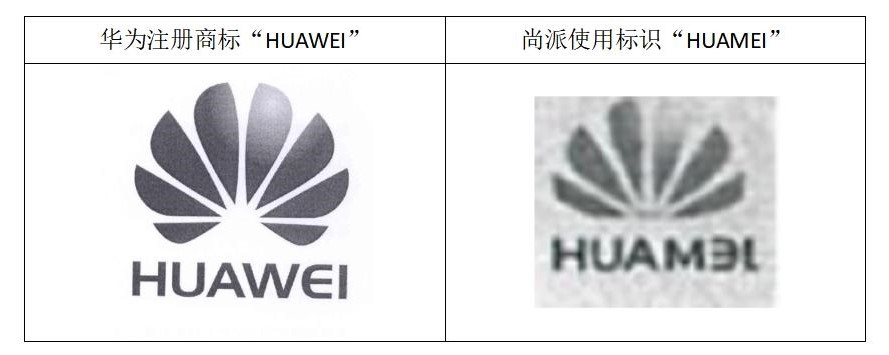
Huawei has registered trademarks "HUAWEI" and "Huawei" in Category 9. Shangpai Company opened a shop in Tmall to sell mobile phone stabilizer PTZ. On the product link page, some pictures showed signs such as "Huawei Tmall Authorized Store", "Huawei PTZ", "Huawei", and "HUAMEI", as well as Huawei Network Channel Sales Authorization. Huawei believes that Shangpai's use of the logo "HUAMEI", which is similar to Huawei's trademark "HUAWEI", in the goods it sells, and the use of the "Huawei" word trademark in many places constitute trademark infringement, and requests the court to apply punitive damages.
The court found that the word "Huawei" and the registered trademark "Huawei" used by Shangpai on the sales page of its Tmall store's Yuntai products constitute the same trademark on the same goods, and the "HUAMEI" logo and the registered trademark "HUAWEI" used by Shangpai in its publicity and products constitute similar trademarks on similar goods, which is easy to cause confusion among the relevant public, thus constituting trademark infringement.
As for the amount of compensation that Shangpai should bear, because Huawei requested punitive compensation, the court first determined Shangpai's profit from infringement from three aspects: the sales amount of Shangpai's infringing products, the profit margin of Shangpai's infringing products, and the contribution rate of Huawei's registered trademark to Shangpai's profit. Then, Shangpai subjectively had the intention of malicious infringement, and objectively had serious circumstances, Punitive damages can be applied to Shangpai's trademark infringement, and the amount of punitive damages that Shangpai should bear is more than 6.2 million yuan based on the profit from the aforementioned infringement and calculated by twice. As the amount exceeds 5 million yuan claimed by Huawei, the court finally fully supported Huawei's claim. See the original judgment for details.
The determination of the amount of punitive damages in this case is based on Article 63 of the Trademark Law: taking the multiple of the infringer's infringement profits as the calculation base, the court can determine the multiple within the range of one to five times.
The multiple determined in the judgment is twice. The formula for calculating the infringement profit is the sales amount of Shangpai's infringing products x the profit rate of Shangpai's infringing products x the contribution rate of Huawei's registered trademark to Shangpai's profits (in this case, the calculation base is 9173730. 64x28. 20% X 80%=2069593. 63, and the total compensation amount is 2069593. 63+2069593. 63 x 2=6208780.90). Among them, the sales amount is the Tmall sales data obtained by the court, the profit margin is calculated by referring to the gross profit margin of similar third-party companies, and the contribution rate is determined by the court based on the market value of Huawei's trademark and the circumstances of Shangpai's infringement.
Among them, the identification of trademark contribution rate may be controversial, because there is no relevant definition and standard at the legal level in China at present, and the author found after searching that in such cases, the court generally recognized that the trademark contribution rate was between 30% and 50%, such as Baidu v. Beijing Baidu case, which was 35%, Xiaomi Technology Company v. Shenzhen Xiaomi Company, and other infringements, but the trademark contribution rate in this case was as high as 80%. In this case, if the trademark contribution rate is determined to be 30%, the compensation amount should be about 2.33 million yuan. If it is 50%, it is about 3.88 million yuan, which is lower than the 5 million yuan claimed by Huawei.
However, it is not excessive for the court to decide 80% after considering the above two factors. First of all, we found some examples in the list that Huawei's brand value was nearly twice that of Xiaomi, which means that the "Huawei" trademark will have a greater impact on high-end users' purchase decisions than the "Xiaomi" trademark;
Secondly, according to the 2021 financial statements of Huawei and Xiaomi, Huawei's operating income, net profit and R&D expenses are far more than Xiaomi's. Therefore, if the infringing products are labeled as "Xiaomi", consumers may pay more attention to cost performance. If they are labeled as "Huawei", consumers may feel that the technology content is higher. Therefore, the profit of the infringer of Huawei in this case will be higher than that of the infringer of Xiaomi in similar cases. Therefore, through higher compensation amount, the infringer can bear more full legal liability for his/her infringement, so as to effectively deter others' infringement and safeguard the overall interests of the society.
Finally, in the case of punitive damages, the sales amount of infringing products has a greater impact on the level of compensation. Although the amount of compensation awarded in this case is up to 5 million yuan, it is actually not high in judicial practice in recent years. In recent years, there have been many cases where punitive damages have been applied, and the amount of compensation has increased to the level of 10 million yuan. For example, in the case of trademark infringement dispute between Xiaomi and Zhongshan Pentium, the defendant's sales amount exceeded 60 million yuan, and the court actually calculated the amount of compensation also exceeded 60 million yuan. Finally, it fully supported Xiaomi's claim for compensation of 50 million yuan .


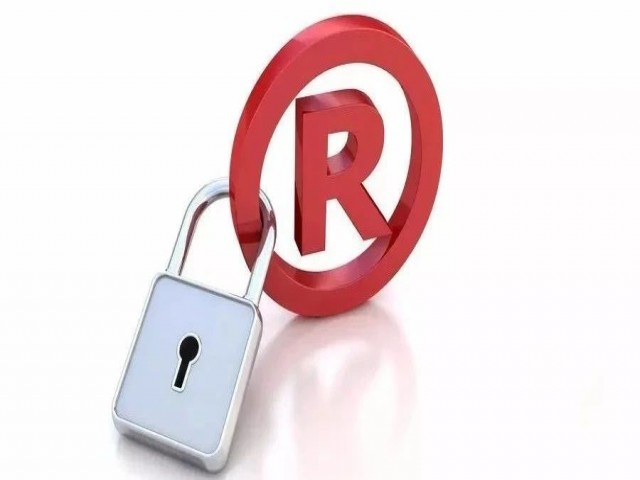

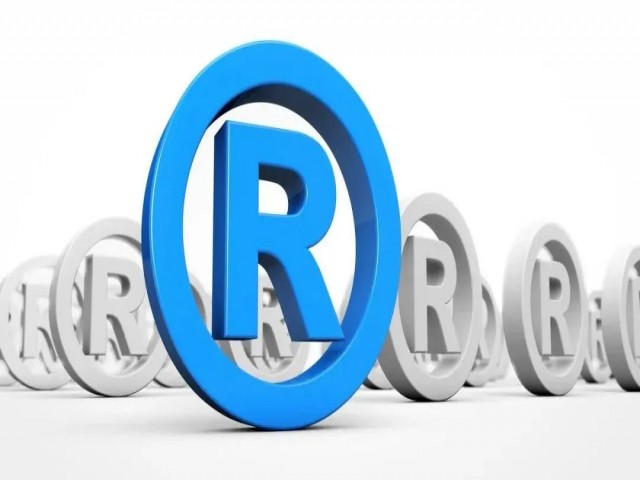
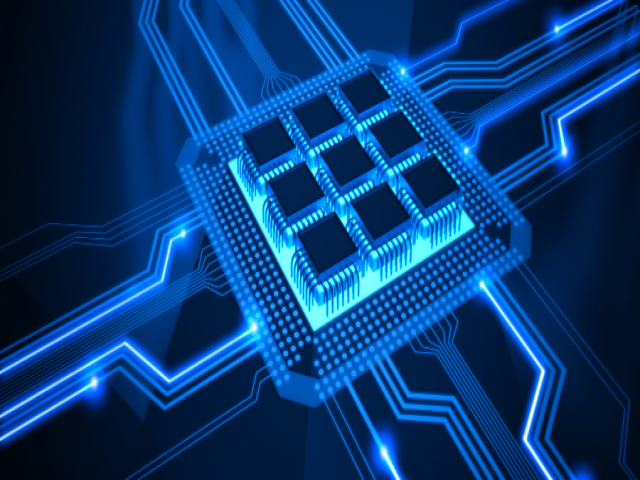

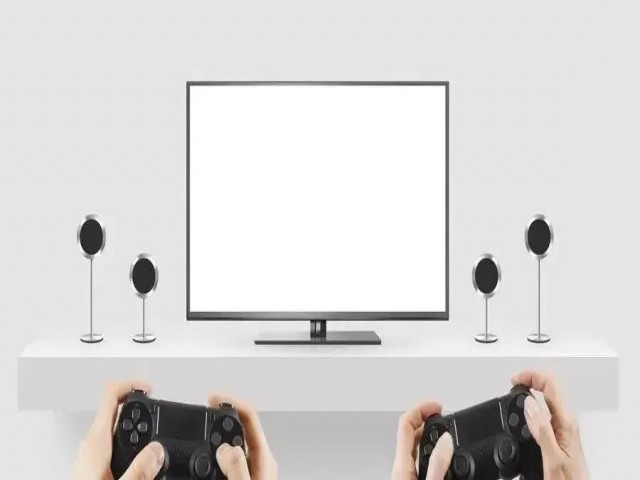
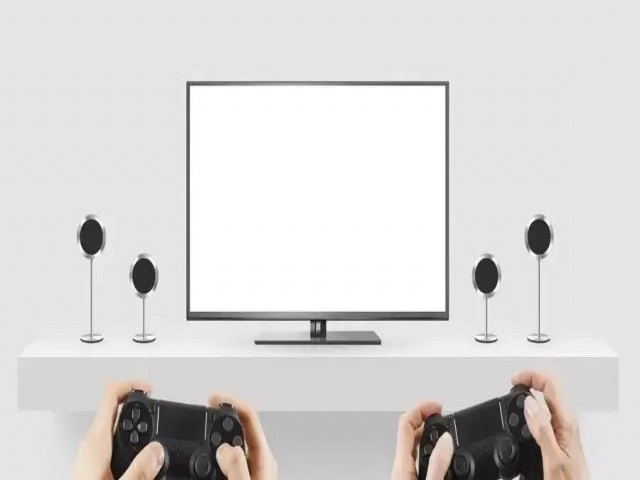


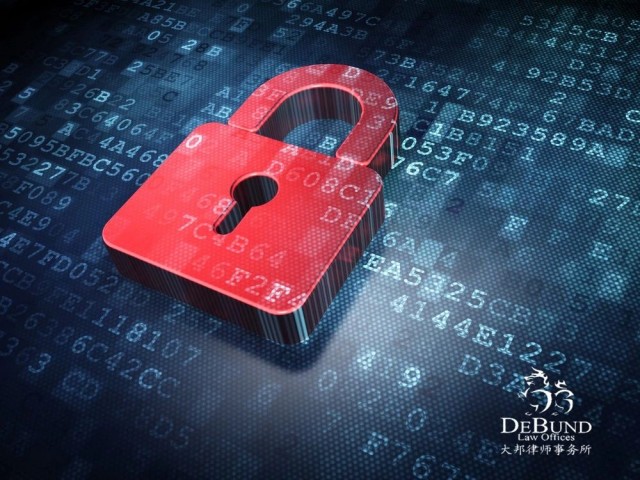
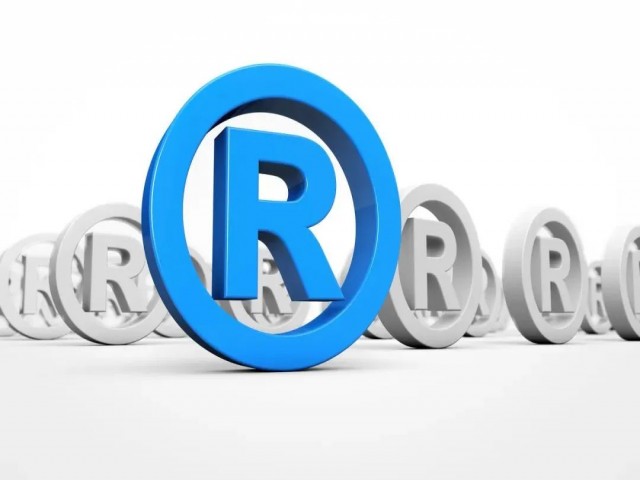

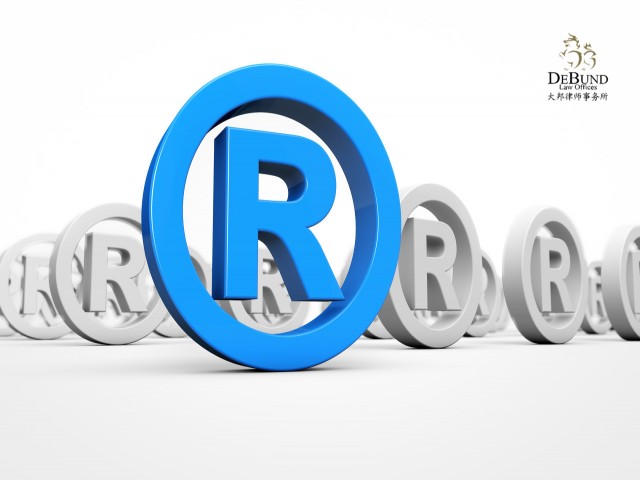





 沪公网安备 31010602001694号
沪公网安备 31010602001694号